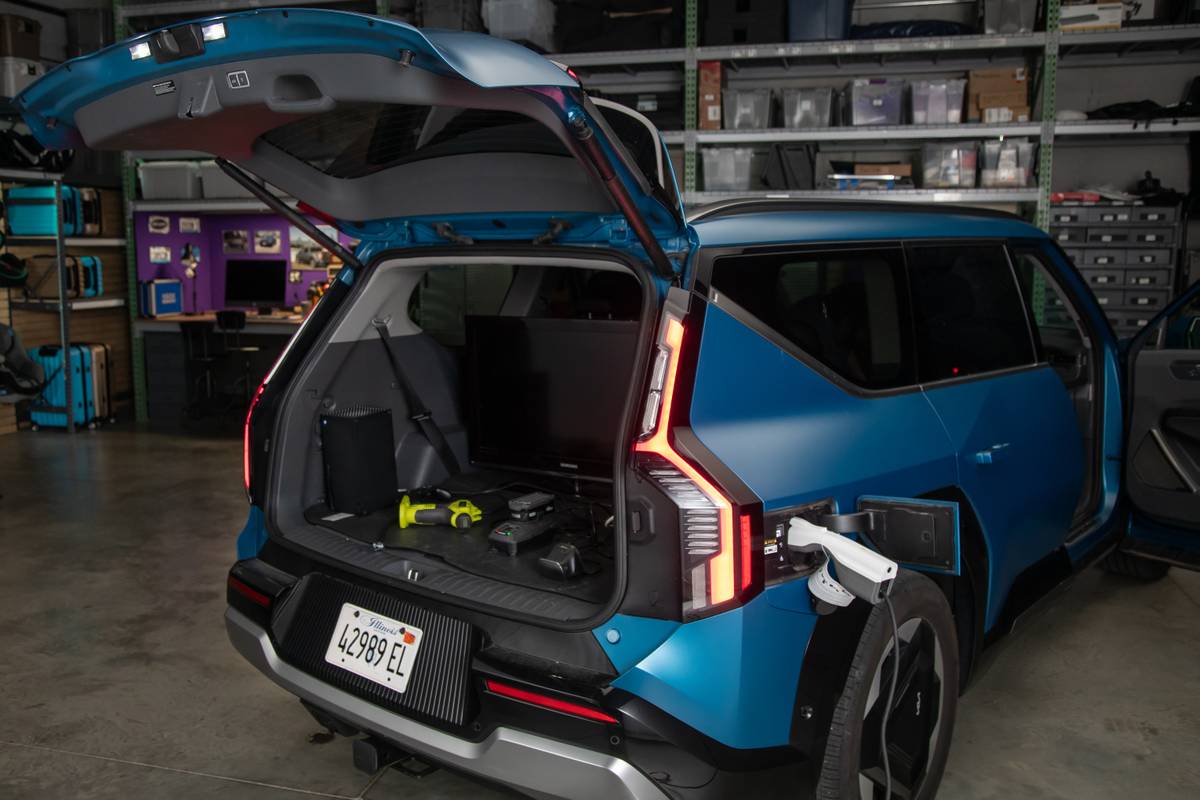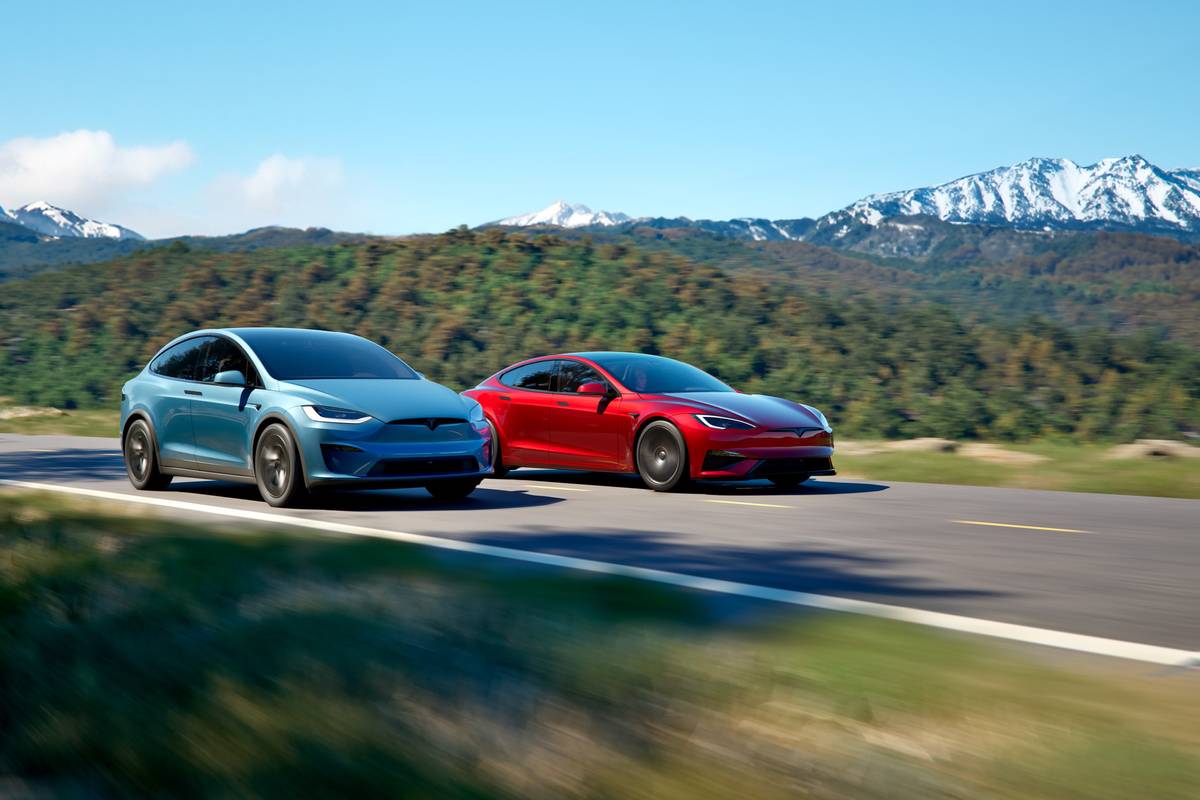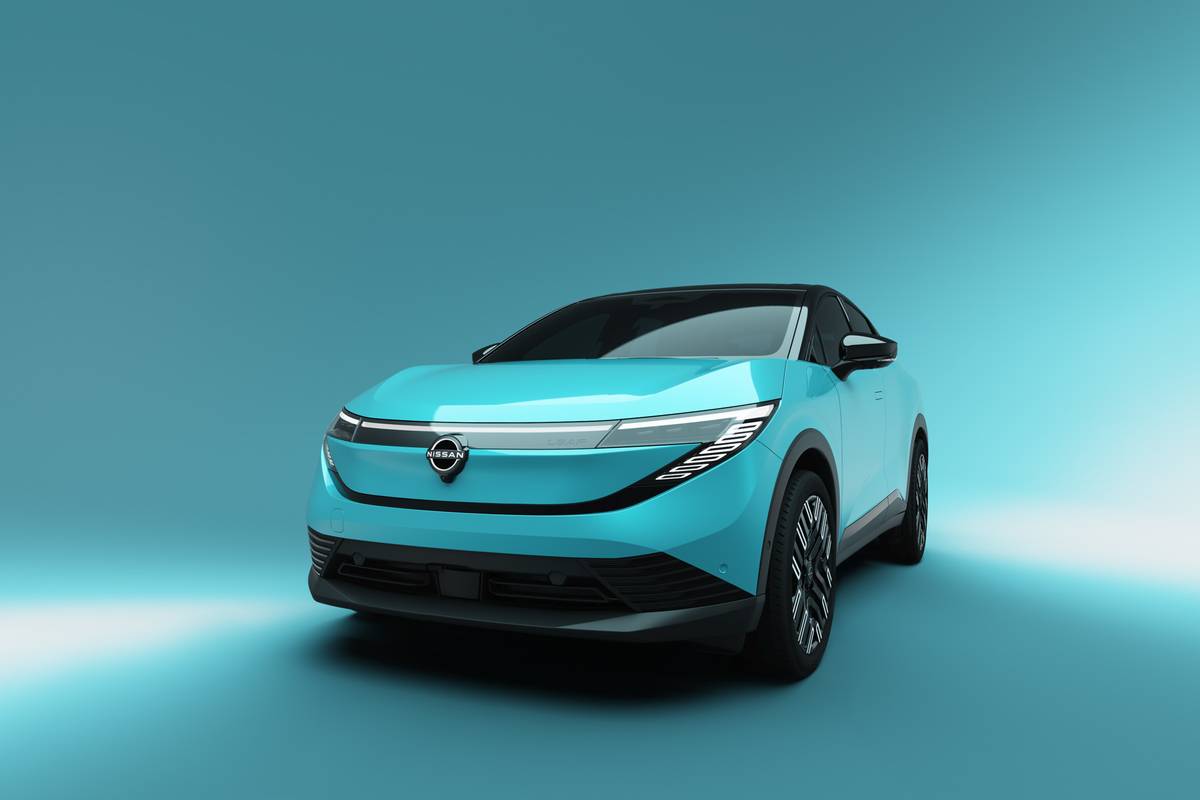washingtonpost.com's view
The trouble with Capitol Hill is hypocrisy. That might not be surprising to cynics who believe politicians are, by definition, hypocrites. But it becomes more than a little disturbing when those politicians base their policy objectives on their hypocrisy.
Let’s be frank about this. Let’s be clear. For the past year, as the national economy began to unwind, particularly that part of it represented by the automobile industry, we heard lots of talk from Capitol Hill about Detroit’s need to “restructure,” Detroit’s need to make cars, and fewer trucks, that “Americans want to buy.”
It was bunk fueled by bias. The self-evident portion of that bunk is that 48 percent of the new cars and trucks sold in this country are built by General Motors, Ford and Chrysler. That’s pretty darned good defense of a home market that is wide open to car manufacturers from all over the world, including foreign manufacturers ably assisted by hundreds of millions of dollars in tax breaks from states seeking new factories.
The bias is more subtle. To detect it, you have to spend time trolling the garages and parking lots of Capitol Hill. Lots of Acura, Audi, BMW, Honda, Mercedes-Benz and Toyota cars are in those places. After a while, it becomes clear that it’s not so much that Detroit does not make cars Americans want to buy. What’s obvious is that many of the people who were sent to Washington to represent America are no longer interested in taking what America is making.
Their rejection of homemade goods has more to do with their illusion of status and sophistication than it does with any inherent inferiority in American cars and trucks. What they need is a motorized attitude changer. I can suggest many with GM, Ford and, on the truck side, Chrysler badges. But in this space, at this time, I offer one — the 2010 Ford Fusion Hybrid family sedan.
We did not want to return the Fusion Hybrid at the end of the test week, during which we tried all sorts of things to make it run out of gas.
Mary Anne, my wife, drove it all over Northern Virginia, deliberately allowing it to idle, only to discover that she was saving fuel by recharging the Fusion Hybrid’s nickel-metal hydride batteries through regenerative braking. Ria Manglapus, this column’s assistant for vehicle evaluations, didn’t get much time behind the wheel of the Fusion Hybrid. It’s what happens when Mary Anne falls in love with a test car, as she did with this one.
But I wrested the car from Mary Anne for a long, two-day drive around Virginia. Many of you familiar with this column know that I’m not exactly an enthusiastic fan of hybrids. I think too many of them are too gimmicky, not efficient enough to justify their generally higher purchase costs, and too laden with unanswered questions — such as end-life battery disposal and assembly line-to-grave energy costs.
I still have my doubts. But after a week in the oh-so-smooth, technologically transparent Fusion Hybrid, I’ve not only become more of a believer in hybrids, but I’ve also moved closer than ever to buying a hybrid automobile.
The basics are all good. Exterior design, accented by an edgily sculpted, three-bar grille, is attractive. Overall fit and finish and interior ergonomics — the way things are designed for ease of reach and sight — are excellent. And the Fusion is an information lover’s delight, much more so than any hybrid I’ve driven.
There is what Ford calls a “smart gauge” instrument cluster. It has color liquid-crystal display screens on either side of the car’s speedometer. The driver can select from among four information packages, most of which monitor gas-electric power flows and exchanges, and one of which renders your green driving score via an on-screen, electronic growth of green leaves.
But the bottom line is that Ford’s claim that the Fusion Hybrid offers the best fuel economy of any mid-size family sedan on the market has something of real-world truth, which can be a really good thing for city-suburban commuters, who waste much time and fuel idling in traffic jams.
Mary Anne and I averaged 40 miles per gallon in city traffic, one mile less than the Environmental Protection Agency’s city rating of 41 miles per gallon for the Fusion Hybrid. We got 36 miles per gallon on the highway, where the Fusion Hybrid’s 2.5-liter, inline four-cylinder gasoline engine, running on regular unleaded, does most of the work.
I really like this car, mostly because it feels and looks like a nice, high-quality, midsize family sedan instead of a science project.
But I mostly like it because it proves what I’ve been writing and saying for years. Detroit makes good cars. The only people who don’t know that are people, who for reasons both valid and ill-founded, long ago abandoned Detroit. They need to come back and take another look. Detroit has changed. For proof, take a drive in the 2010 Ford Fusion Hybrid.
ON WHEELS WITH WARREN BROWN Listen from noon to 1 p.m. Tuesdays on WMET World Radio (1160 AM) or http://www.wmet1160.com.
Latest news



